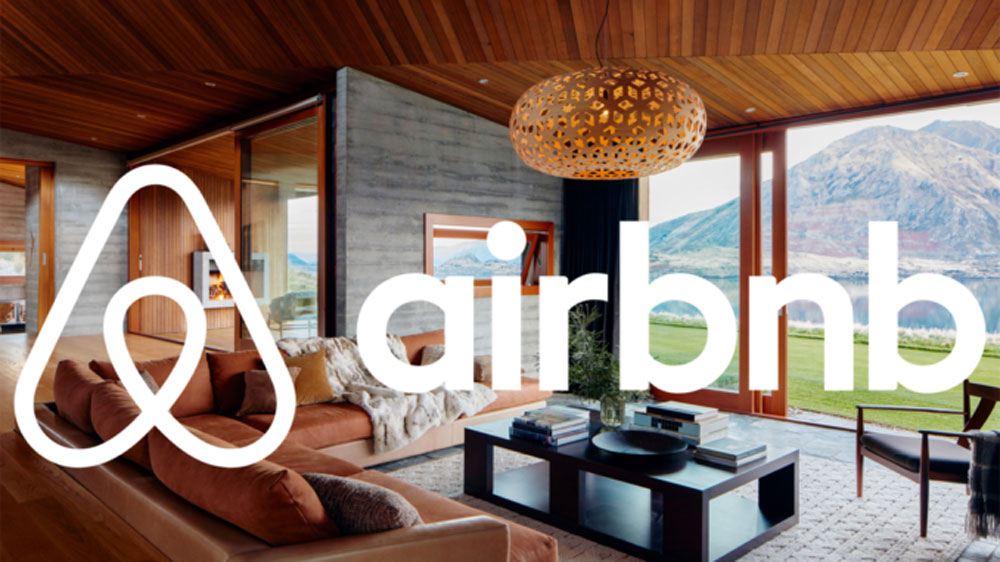Tackling the future with a top team: the workplace trends you need to be across in 2022
- Written by Matt Seadon, APAC General Manager, Achievers

As Australia continues to recover from the Covid knock, businesses that want to prosper and grow must make maintaining a strong, committed workforce top priority, writes Matt Seadon, APAC General Manager, Achievers
Another Australian Federal budget is around the corner at the same time as all signs suggest that, on the business front, the remainder of 2022 will be better than the last thought not without its challenges what with potential future strains of COVID outbreak uncertainty, the ongoing conflict in the Ukraine, supply chain problems, rising inflation and stock market corrections.
However, Alan Oster, NAB chief economist posited in December 2021 that GDP would rise by four per cent over the coming year.
“This outlook for growth sees a corresponding recovery in the labour market with the focus over 2022 being how quickly a tightening labour market translates into wages growth,” the Bank’s Australian Economic Update: Q3 GDP 2021 report noted.
That tightening also means businesses and organisations will need to work hard to attract and retain good talent. Building and motivating high performing teams will be a priority for those that hope to ride the recovery wave.
However, this may be a tall order to achieve. The Achievers’ 2021 ‘Engagement and Recognition @ Work’ study found Australian managers believe employees are more highly engaged and recognised than they actually are.
Only 14% of employees surveyed ‘strongly agree’ they feel engaged in their overall work experience, whereas managers think the proportion is 26%. Similarly, only 12% of employees feel strongly that they are appropriately recognised at work, where managers think 22% of employees identify as such.
More than twice as many Australian employees (25%) as management (12%) say they are dissatisfied with their workplace as a result. This highlights a significant challenge facing managers in 2022 that fail to act to close the gap between their own versus their employees’ perceptions and expectations.
Against that backdrop, here are some of the workplace trends we can expect to see play out in 2022.
Better connected hybrid working models
It’s fair to say that remote working remains something of a work in progress. It was necessary during the prolonged lockdowns of 2020 and 2021 and it proved to be an unexpected success in thousands of organisations.
Now, as life looks like it may return to normal, many of those organisations are looking to bed down hybrid models that allow their teams to balance remote working with time in the office, in ways that work for both parties.
Fostering strong connections between colleagues and company, so remote workers don’t end up feeling siloed or sidelined, will be high on the agenda for line managers and human resources leaders who are committed to seeing the model succeed.
That will mean implementing strategies to ensure workers don’t miss out on the sense of engagement and belonging – and the associated productivity boost – that come from toiling alongside colleagues, rather than at home on one’s Pat Malone. During Covid, that absence of engagement was a very real issue for many workers, with Achievers research showing 46 per cent of employees felt less connected to company culture after spending a stretch working solo.
Giving Generation Z a good employee experience
They’re all grown up and reporting for duty. Generation Z – defined by McCrindle Research as individuals born between 1995 and 2009 – is expected to comprise 27 per cent of the labour force by 2025. That figure will continue to increase as the tail end of their batch transitions from school to higher education and the workforce.
Engaging with this cohort meaningfully is essential but, thus far, businesses and organisations don’t appear to have made a good fist of it, given Achievers’ research shows 43 per cent of Gen Z survey respondents say they don’t feel valued at work.
Policies and initiatives to mentor and support younger workers, and recognise the vital contribution they make, could help to improve this sentiment and is likely to be a priority for future focused enterprises with a commitment to nurturing the next generation.
Doubling down on diversity and inclusion
The benefits of a diverse workforce are well understood – McKinsey research from 2019, for example, showed that companies in the top quartile for gender diversity on executive teams were 25 per cent more likely to have above average profitability than companies in the fourth quartile – and the new year should see local enterprises doubling down on their efforts to build teams comprised of individuals with a wide range of backgrounds and cultural identities.
That’s half the challenge. The other half is striving to ensure all employees feel valued and included, via inclusion programs that acknowledge and celebrate the contribution each and every employee makes to organisational success.
Rewarding and recognising your biggest asset in 2022
In many organisations, however, the recognition and reward that help foster a culture of performance and inclusion isn’t delivered consistently or frequently enough to make a significant impact.
A formal recognition and reward program which uses digital tools to coordinate the process can prompt all leaders within an organisation to acknowledge their employees’ efforts, regularly and appropriately.
As your enterprise gears up for growth this year, it’s an investment in motivation and morale that’s likely to pay for itself in spades.










